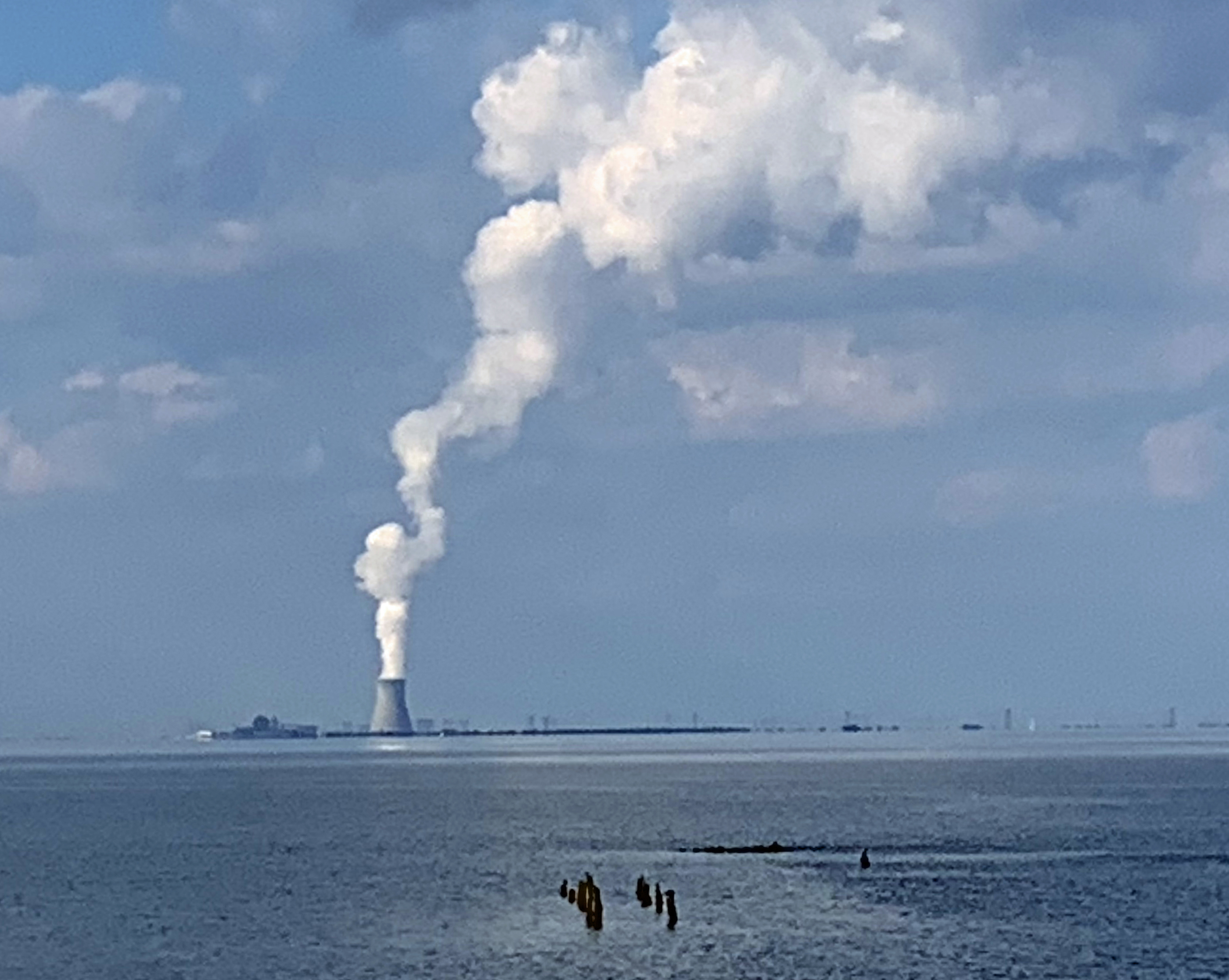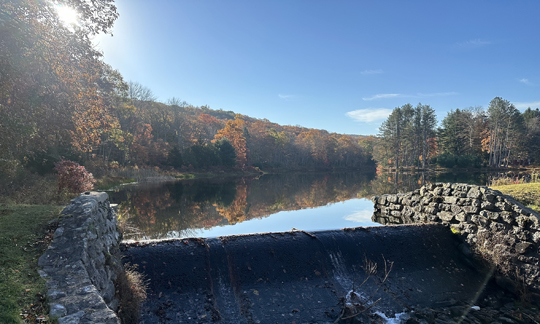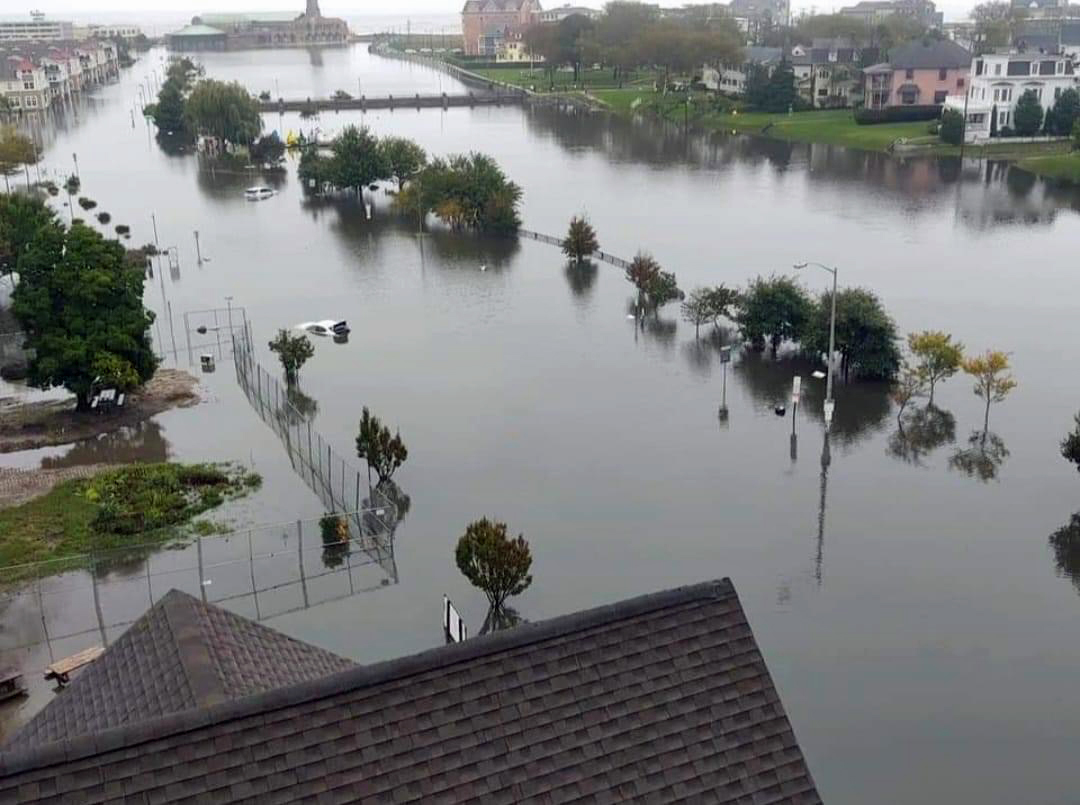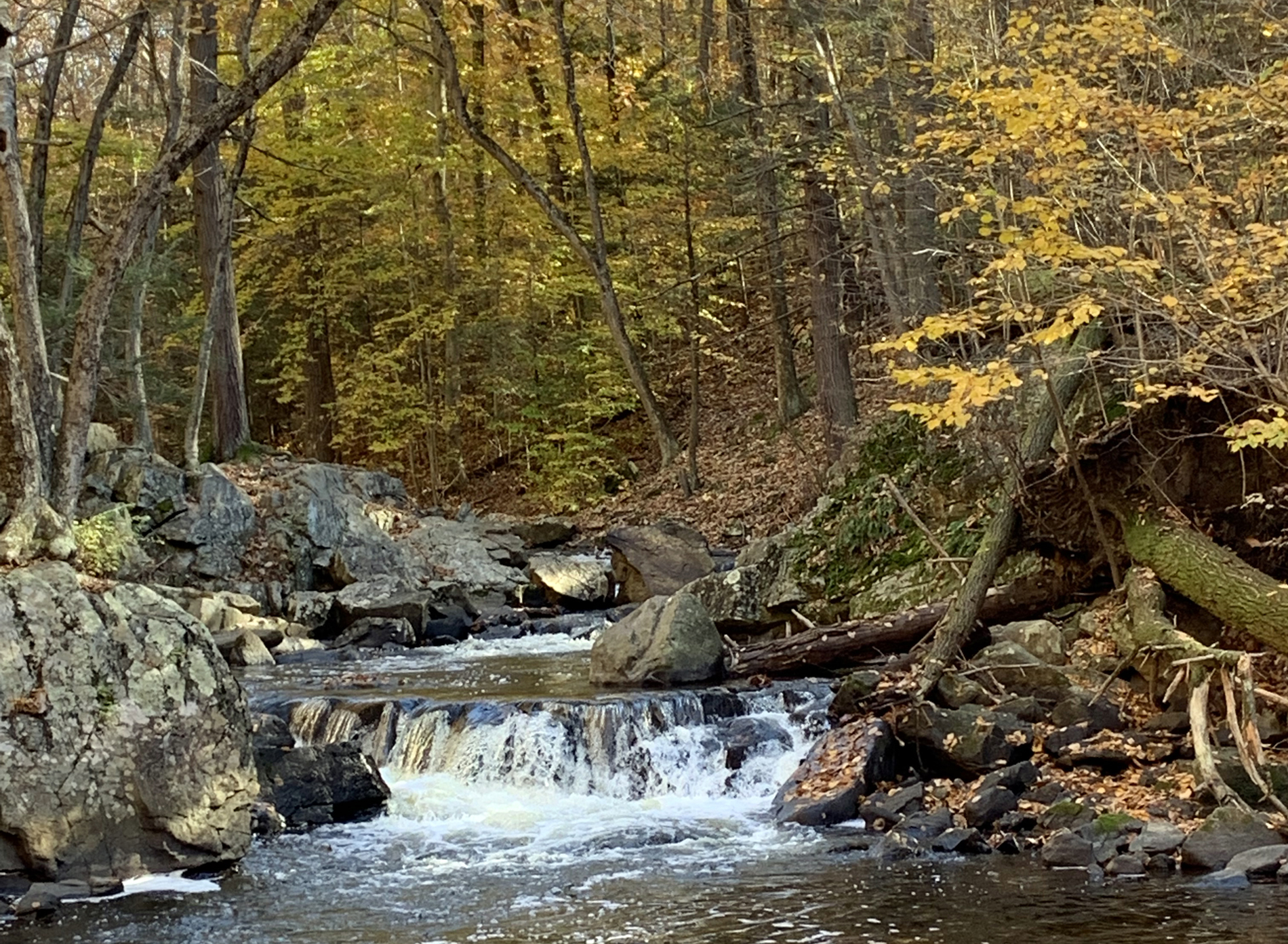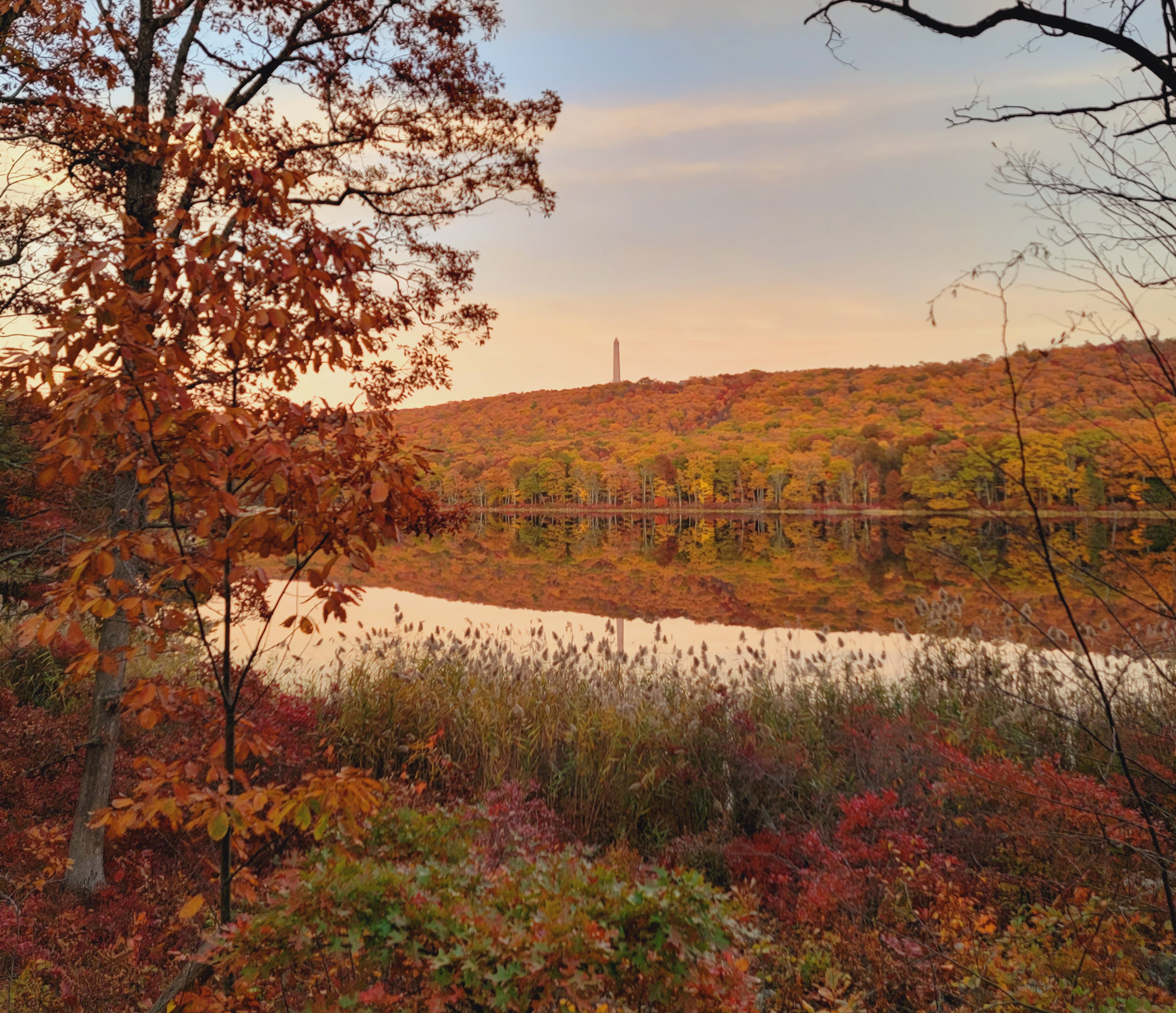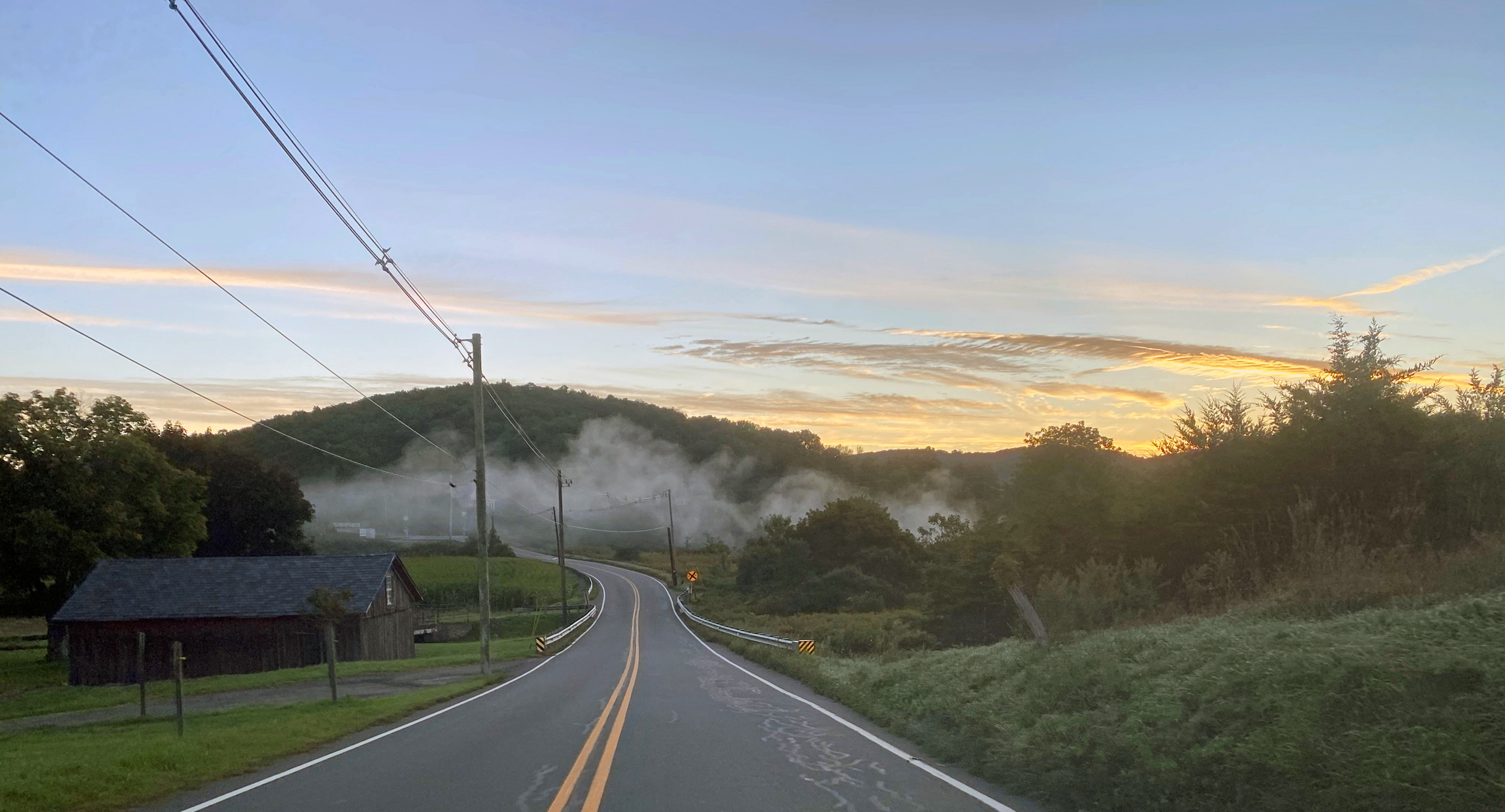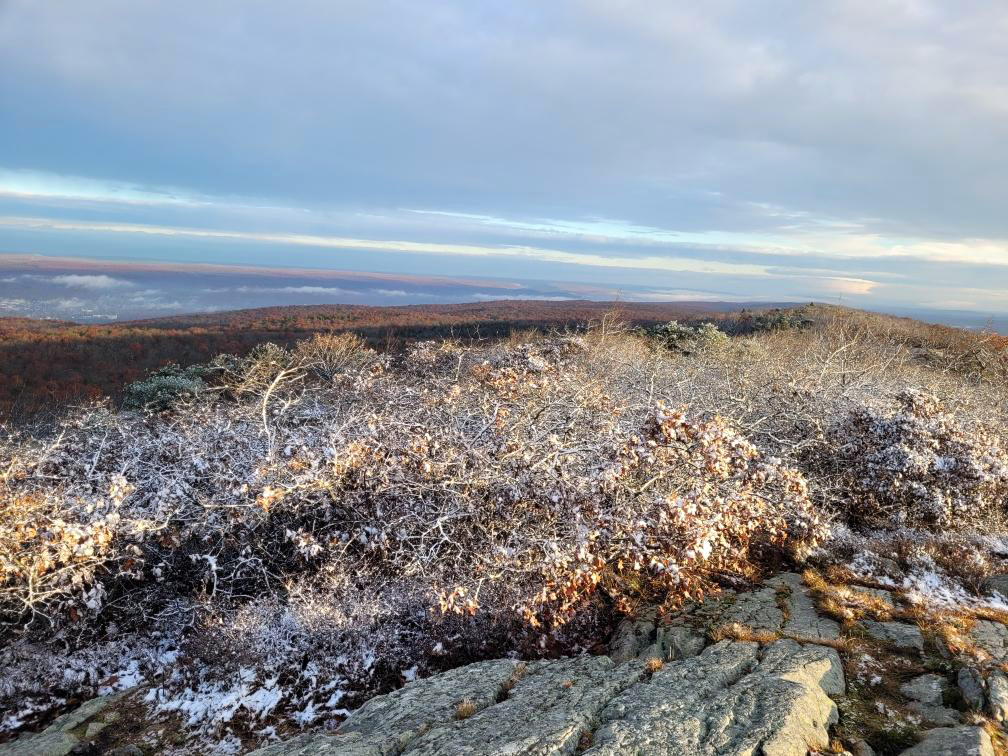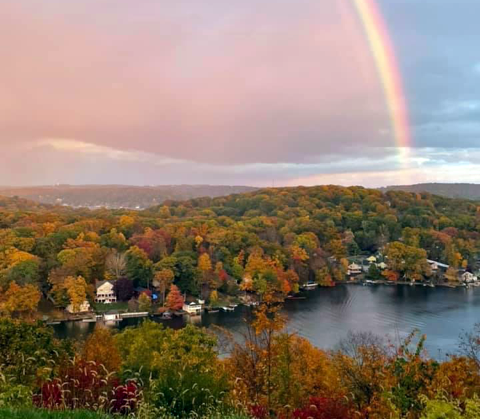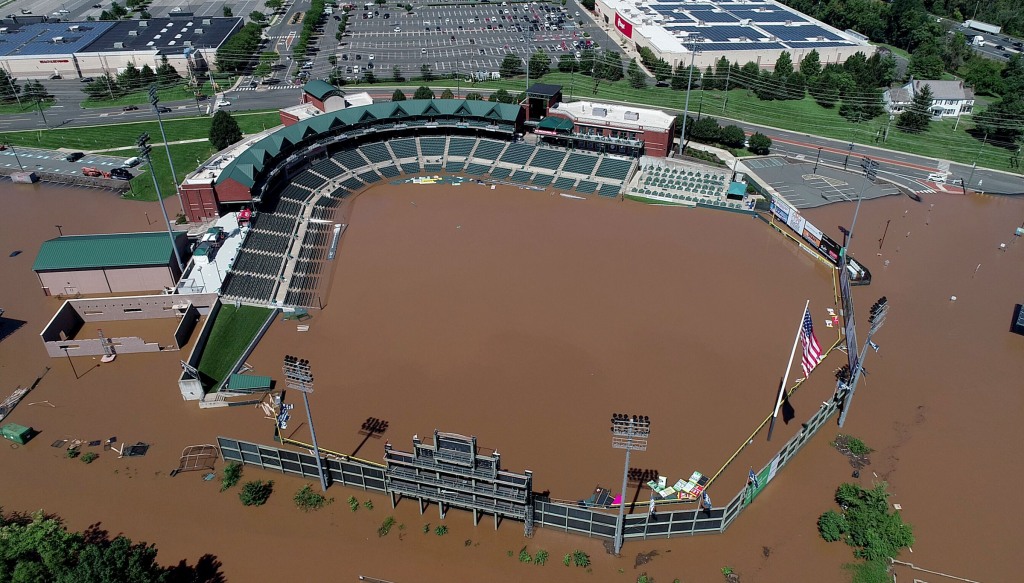Peculiar Indeed: November and Fall 2024 Recaps
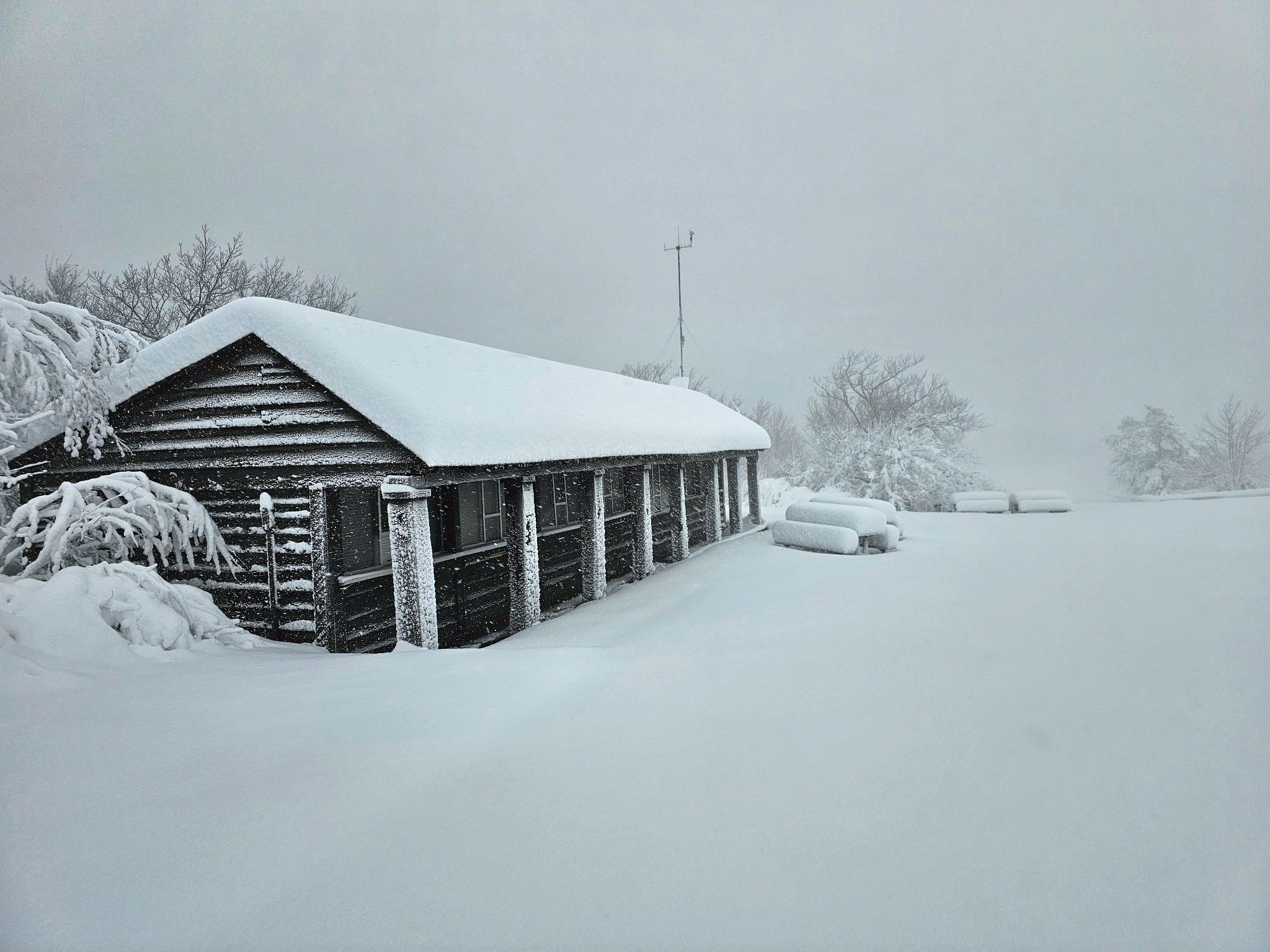
Following a remarkably dry, record-breaking October, and the two driest consecutive months on record, you had to wonder if November would have anything of note to add to a rather peculiar fall. In short, it did not disappoint. Drought continued (but it precipitated!), warmth prevailed, and a November snowfall record was established for a single storm and location. More on fall 2024 will be presented below. First, a recap of November conditions.
Statewide, November precipitation (rain and melted snow) averaged 2.65”. This was 0.71” below the 1991–2020 normal and ranks as the 52nd driest November dating back 130 years to 1895. The extreme northwest was wettest and the extreme south driest. The northern climate division (Hunterdon-Somerset-Union counties and northward) averaged 2.89” (-0.58”, 50th driest), the southern division (Mercer-Middlesex-Monmouth southward, except along the coast) 2.51” (-0.78”, 51st driest), and the coastal division (mainly east of the Garden State Parkway) 2.41” (-0.93”, 49th driest).
The statewide monthly average temperature of 49.1° was 4.0° above normal, ranking 5th mildest on record. Seven of the eight mildest Novembers in the past 130 years have occurred since 2001. The average high was 59.6°, which was 4.9° above normal and tied as the 4th mildest. The average low was 38.6°, which was 3.1° above normal and tied for 10th mildest. The north averaged 47.0° (+3.9°, 5th mildest), south 50.3° (+4.0°, tied for 4th mildest), and the coast 51.5° (+4.2°, tied for 3rd mildest).


